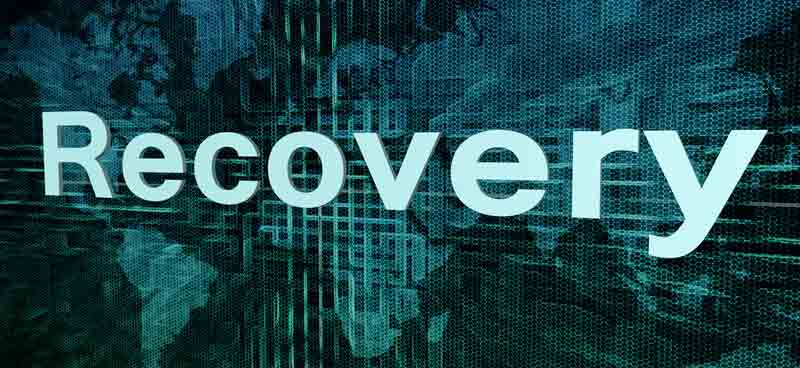A thorough, effective, redundant and complex disaster recovery service is vital for the continuity of any business. Today’s world is full of both man-made and natural disaster threats to data security. With the increase in the use of data centers and colocation services, disaster recovery services have become a hot topic in the IT world – and for good reason. A recent study found more than 90 percent of businesses that experiences a are bankrupt within a year! The livelihood of your business depends on your data infrastructure’s ability to withstand a disaster with minimal downtime.
Effective disaster recovery services are more than a pre-set, one size fits all list of backups. A true disaster recovery site needs to be tailored to the specific geographic region in which it is located. The needs of hot, cold and warm recovery sites vary greatly, and care must be taken to meet all needs. This article will review the main concerns for each of these types of recovery sites in an attempt to spotlight the differences.
Disaster Recovery System Analysis
Regardless of a data center’s disaster recovery service temperature, analysis is the first step towards an effective disaster recovery plan. Each plan should look closely at how often all data is backed up, the restoration aspect of data recovery and the length of time your business can afford to be down. The answers to each of these investigations will provide a blueprint for the extent of disaster recovery planning needed to protect your data and network systems.
Analysis questions to ask before choosing a disaster recovery site include the following:
- How often is the data backed up automatically? Daily? Weekly? Every weekend?
- How much downtime can your business afford? And, what is the hourly cost of downtime for your company?
- What will be the cost of restoration of data and services?
- What will be required to quickly restore services for operation?
- Which are the most vital services? Which take top priority in security and restoration?
Understanding Each of the Disaster Recovery Site Types
There are three basic types of disaster recovery sites. These are hot, cold and warm disaster recovery centers. Each comes with a unique set of advantages. Here is an overview of each type.
- “Hot” Disaster Recovery Sites. These sites allow for companies to keep servers and a live backup site running in the event of a disaster. Basically, you choose a data center and essentially reproduce your entire production environment within the site. A must for mission critical sites, this allows immediate transfer of activity in the event of a natural disaster and often results in zero downtime.
- “Cold” Disaster Recovery Sites. The least complex of the three options, a cold disaster recovery site is essentially nothing more than data center space, power and connectivity that are ready and available whenever needed. In the event of a disaster, the disaster center staff will help companies move their equipment to the cold recovery site and get them back up and running as quickly as possible.
- “Warm” Disaster Recovery Sites. This preventative site allows companies to pre-install and configure bandwidth needs. In the event of a disaster, all the company needs to do is load their software and data at the new site to get back in business.
Choosing the disaster recovery site best suited for your needs
Your business’s future depends on choosing the best disaster recovery site for your IT needs. Call (888) 865-4261 to speak with a Volico data center representative to learn more about each of these sites and to review your IT needs. Our team will help you choose the best type of disaster recovery site for your business and get you started.












